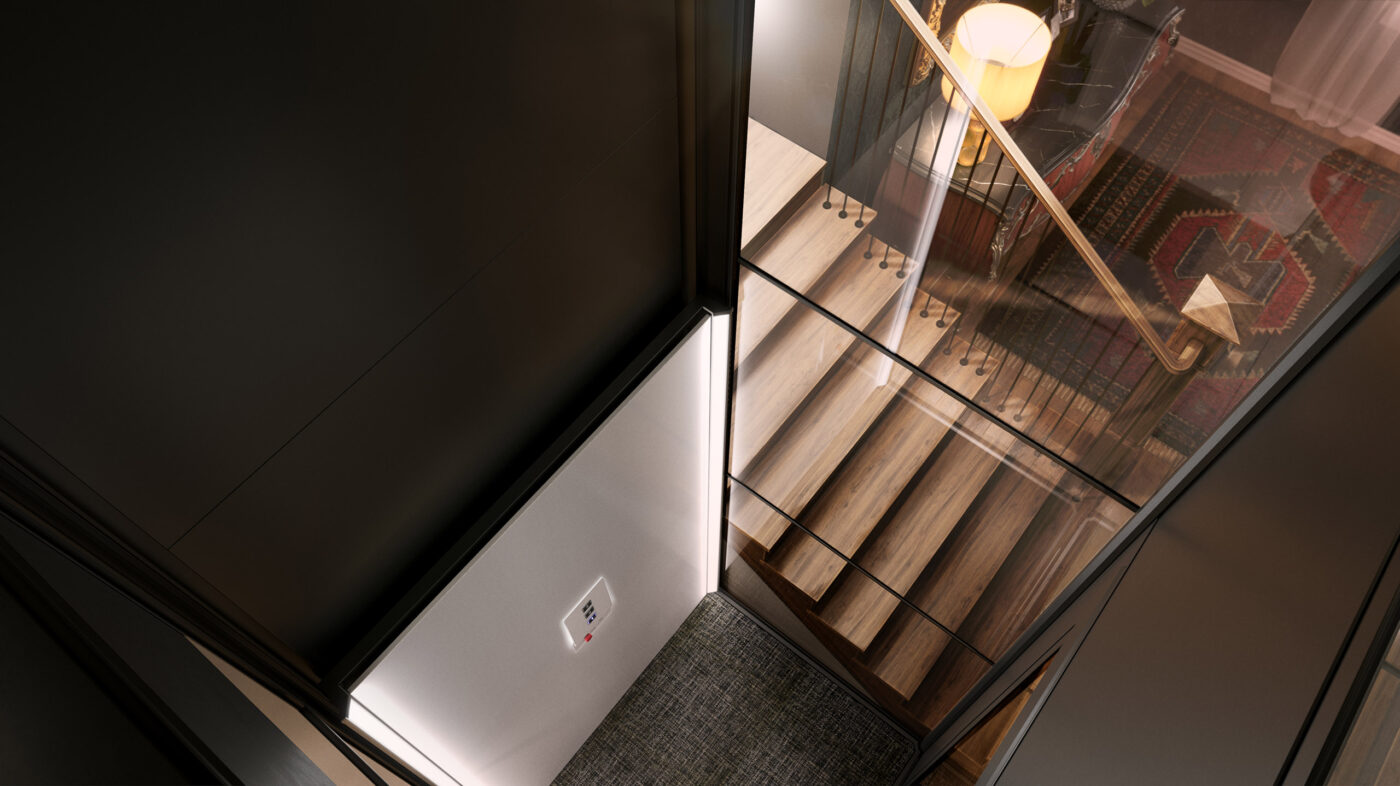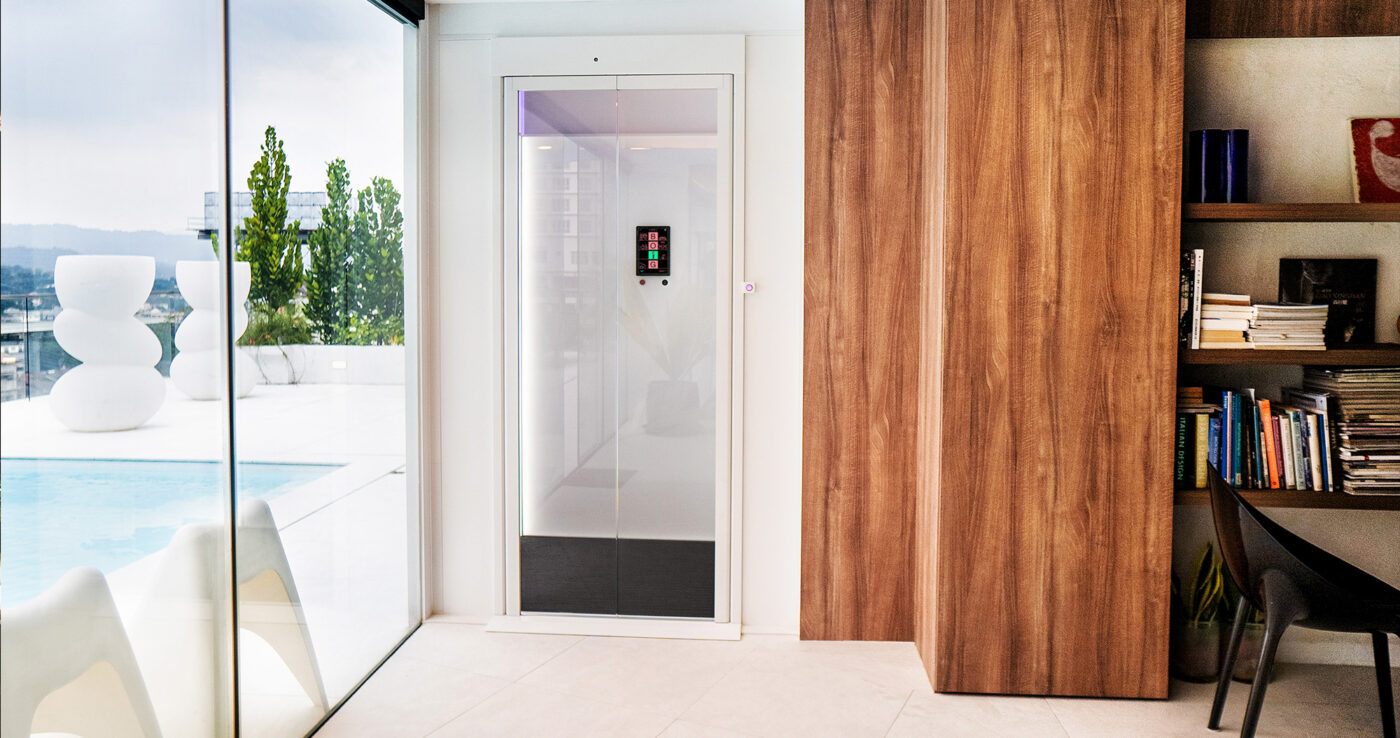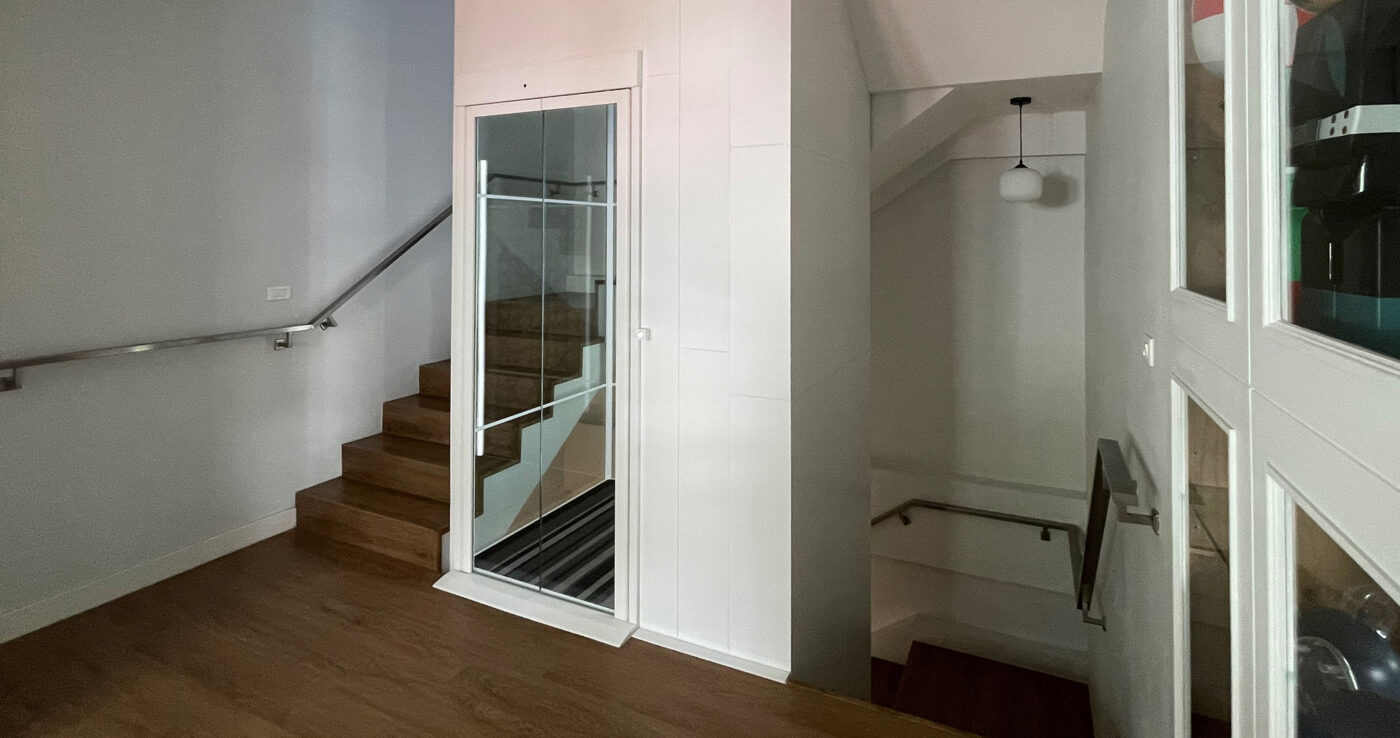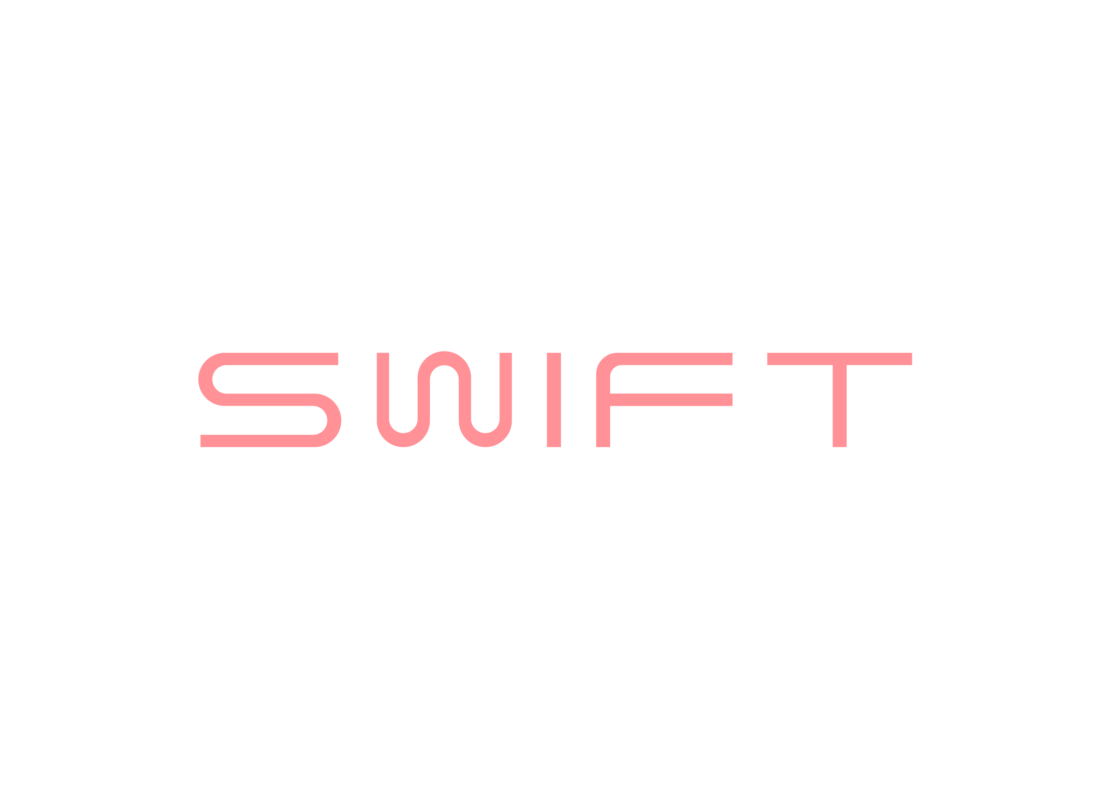
Thinking about elevating your home with a stylish and functional lift? You’re not alone! As home lifts become increasingly popular in Australia, more homeowners are exploring their options to enhance accessibility, luxury, and convenience. But how much will it set you back in 2026? From compact models for tight spaces to luxurious lifts that make a statement, we’ve got the scoop on what you can expect to pay. Dive into our comprehensive price guide to discover the factors influencing home lift prices in Australia, the latest trends, and tips for finding the perfect lift for your home without breaking the bank. Let’s lift your knowledge to new heights!
How Much Does A Home Lift Cost In Australia?
The cost of installing domestic home lifts in Australia varies based on several factors, including the type of lift, the complexity of the installation, and customization options. On average, you can expect to pay between AUD 25,000 to AUD 60,000 for a standard home lift. Basic models start around AUD 25,000, while more advanced or luxury models with additional features can go up to AUD 60,000 or more. This estimate includes the lift itself, installation, and any necessary modifications to your home. Getting detailed quotes from multiple suppliers is important to find the best option for your budget and needs.
What Factors Affect the Home Lift Prices in Australia?
Factors influencing home elevator price in Australia encompass several key considerations that impact overall elevator cost and suitability for individual needs:
Lift Model Type
The type of lift chosen significantly affects pricing. Hydraulic lifts, known for their robustness and ability to carry heavier loads, generally cost more than traction or pneumatic lifts, which may be more compact and energy-efficient but cater to lighter usage.
Life Size
The size of the lift, measured in floor space and capacity, directly influences pricing. Larger lifts accommodating more passengers or heavy items command higher prices due to increased materials and installation complexity.
Number of Floors
The number of floors the lift will service affects initial installation costs and ongoing maintenance. Lifts servicing more floors require taller shafts and potentially more sophisticated control systems, impacting overall pricing.
Safety and Smart Features
Advanced safety features such as emergency brakes, backup power systems, and sensor technology contribute to the cost. Additionally, smart features like remote monitoring, touch-screen controls, and customizable cabin finishes enhance convenience but also increase upfront expenses.
Lift Drive System
The drive system chosen—whether hydraulic, traction, pneumatic, or screw nut—directly influences pricing and performance. Hydraulic systems are robust but may require more space and energy, while traction systems offer smoother rides and energy efficiency at a higher initial cost.
Each factor determines the final home elevator cost in Australia. Homeowners should consider their specific needs, space constraints, and budget when selecting a lift model to ensure optimal functionality and cost-effectiveness over the lift’s lifetime. Consulting with a professional installer can provide tailored recommendations and accurate price of home lifts estimates based on individual circumstances.

How Much Does Lift Installation Cost?
Installing lifts for homes typically ranges from $25,000 to $60,000 in Australia. However, several factors influence the cost.
Type of Lift
Different types of lifts, such as hydraulic, traction, pneumatic, or platform lifts, come with varying price tags.
Size and Capacity
Larger lifts with higher weight capacities will generally cost more. The size of the lift also affects the amount of construction work needed for installation.
Installation Complexity
The cost will be impacted by the complexity of the installation process, including the structural modifications needed in your home. Homes with limited space or unique architectural designs may require more extensive work.
Location
The geographical location of your home can affect the cost due to variations in labor rates and material availability.
Energy Efficiency Features
Lifts with advanced energy-saving technologies, such as regenerative drives or LED lighting, may have higher upfront costs but offer long-term savings on energy bills.
Maintenance and Warranty
The cost of ongoing maintenance and the type of warranty provided can influence the overall investment. Opting for comprehensive maintenance packages and extended warranties may increase initial costs but provide peace of mind.
By considering these factors and consulting with professional lift installers, you can get a clearer picture of the total cost and make an informed decision that fits your budget and needs.

Get A Lift Quote For Your Home By SWIFT!
Transform your living space with a stylish and functional lift from SWIFT. Whether you want to enhance accessibility or add a touch of luxury, our expert team is here to help. Get a personalized quote today and discover home lift costs. Contact us now and take the first step towards a more comfortable and convenient lifestyle with SWIFT Residential Lifts!
FAQs
Domestic home lifts are suitable for most homes, including multi-story houses and apartments, providing adequate space and structural support for installation. Consulting with a professional can ensure the best fit for your home’s layout.
No, residential lifts are designed to be energy-efficient, often consuming no more power than a standard household appliance, especially with modern, eco-friendly technologies.
The standard size for a residential lift in Australia typically ranges from 0.8 to 1.2 square meters (about 8 to 13 square feet), comfortably accommodating 1 to 2 passengers.
A lift designed to accommodate 4 people typically has a floor area of about 1.4 to 1.6 square meters (15 to 17 square feet).
To choose a home lift, consider factors such as your budget, available space, desired features, and specific accessibility needs, and consult with professional lift installers for tailored advice.
Get In Touch










